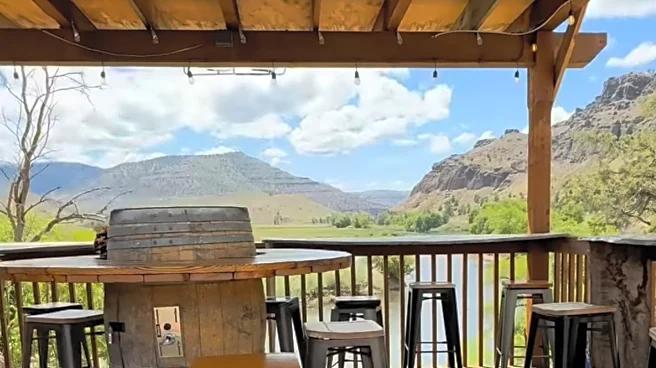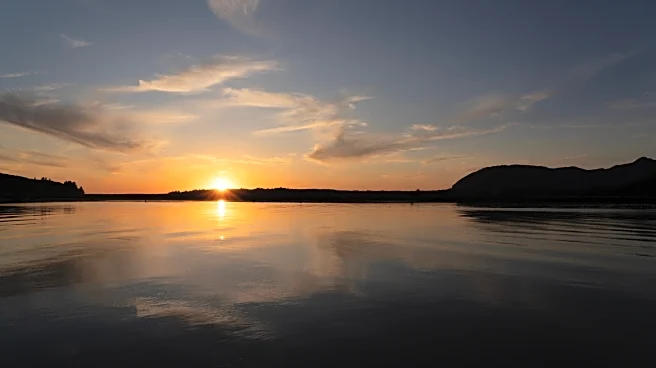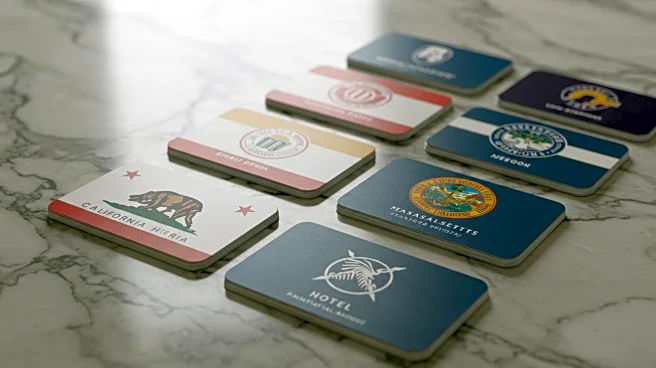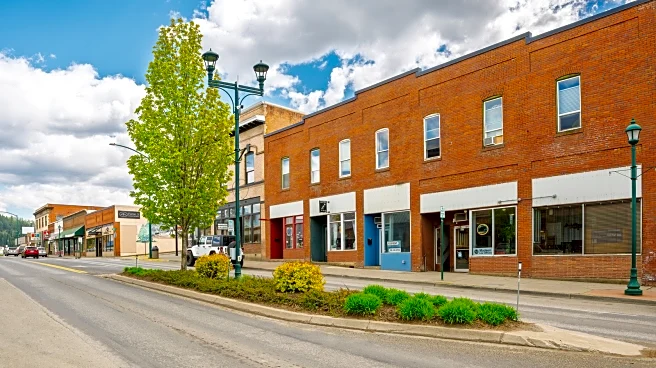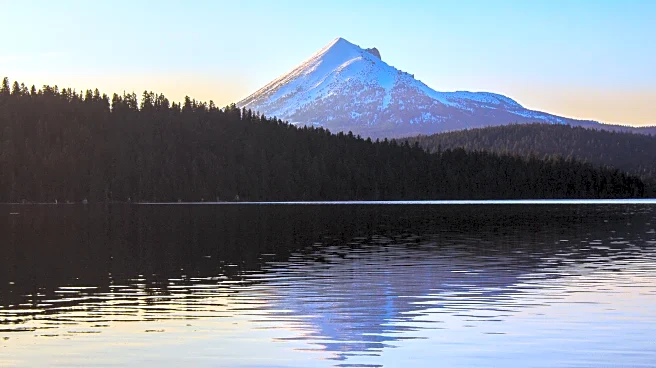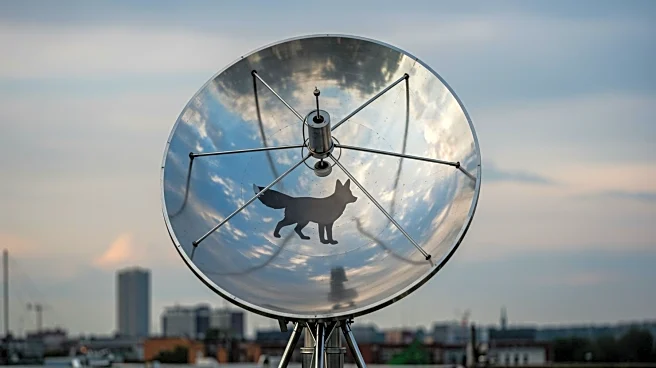
According to data from U.S. News and World Report, Oregon ranked – somewhat surprisingly – 44th out of 50 states in the Natural Environment category, based on pollution levels and air and water quality. But you certainly wouldn't know it if you found yourself in the Molalla River Corridor, just under an hour's drive south of Portland and nearly as close to the historic Columbia River Highway. The corridor is an area made up of scented rainforests, steep canyons, and tumbling waterfalls, all connected
by 20 miles of scenic hiking trails.
Molalla, which is also the name of the small city in the heart of the region, takes its name from the Molalla people, a Native American tribe that once roamed Oregon's Cascade Mountains. Because of its lush scenery, the region still has that pre-colonial atmosphere and is largely untouched by modernity. The Molalla River, in fact, is one of the state's last wild rivers — a river whose flow has not been meaningfully altered by modern development.
Though nonprofit organizations are working to conserve the river and surrounding wildlife habitats, conservation in this case doesn't mean avoiding the river altogether. Quite the opposite — groups like the Molalla River Alliance actively encourage activities like fishing for salmon and steelhead, kayaking or rafting the river's waters, hiking through the mossy forests clinging to its banks, or bird-watching for ospreys and golden eagles, all as ways to enhance our appreciation of this precious natural environment.
Read more: The 5 Best Parks Where You Can See Bison Roam (Other Than Yellowstone), According To Visitors
Fishing And Other Outdoor Activities On The Molalla River
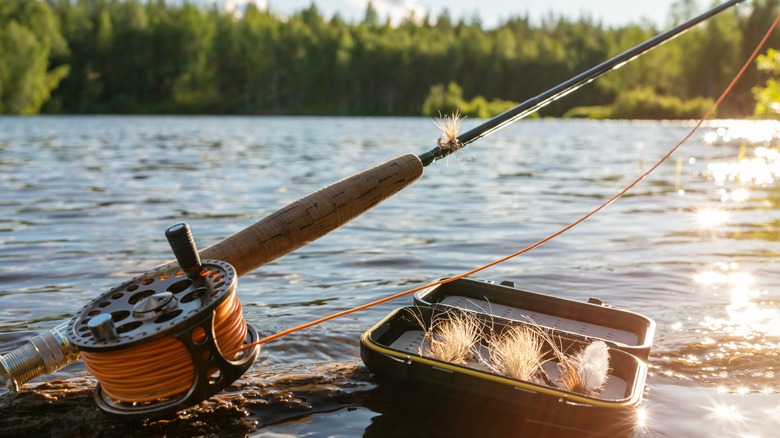
From its headwaters in the Cascades until it flows into the Willamette River, the Molalla River is almost 50 miles in length and has long facilitated trade and transport in the region. Today, though, much of its traffic comes in the form of kayaks and canoes or inflatable dinghies bouncing along the frothing rapids.
Thrill-seekers might consider rafting on an 8.5-mile rapid called the Three Bears, with sections delightfully known as Papa, Mama, Baby, Goldilocks, and Porridge Bowl (recommended for intermediate to advanced rafters). Those interested in a more contemplative experience could take a paddle boat onto the calmer waters at the confluence of the Molalla and Willamette rivers. If you're going on a self-guided tour, Oregon River Rentals, located just outside Portland in Happy Valley, offers kayaks, tubes, paddle boards, and inflatable rafts for rent.
Anglers are a common sight around here, too, trying to lure salmon, steelhead, trout, and bass onto their lines during the spring-to-fall fishing season. The Molalla is known, however, for water levels that rise and fall rapidly, which you should bear in mind if you plan on doing any activity in or along its waters.
Hiking And Camping Along The Molalla River Corridor
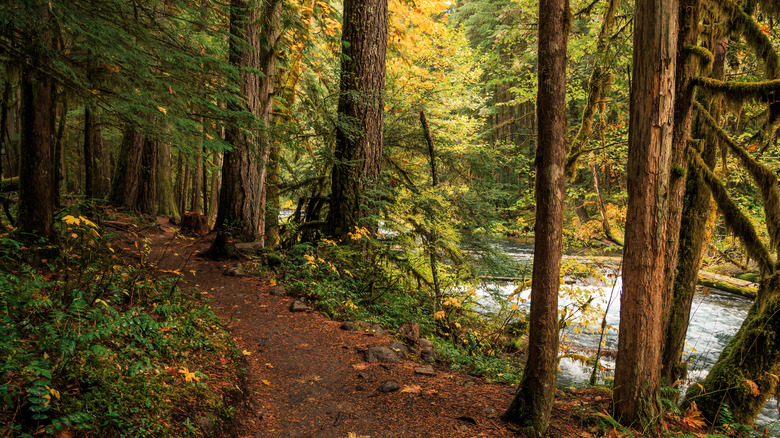
The trails running alongside the Molalla River are a mix of single-track trails and forest roads, and they cater to hikers, runners, bikers, and even equestrians. The routes vary in length and intensity, but popular ones include the breezy 3-mile combination Rim Trail-Huckleberry Trail-Elk Run Loop, or the challenging 11-mile Chicken Rock and High Ridge Trail.
Being one of Oregon's key conservation areas, you can expect to find a variety of wildlife on and around the trails, some perhaps more welcome than others: Pacific salamanders, red-legged frogs, otters, beavers, elk, and raptorial birds have all found a habitat here, as have black bears and bobcats.
If being fully immersed in this kind of environment is your thing, you can opt to sleep in the wilderness on your trip. There are two main places for camping on the banks of the river, including the Three Bears and Cedar Grove campgrounds, both offering walk-in campsites by reservation only. Alternatively, groups of up to 30 people (with a maximum of 20 vehicles) can reserve the Aquila Vista Recreation Site, which is located next to a beaver pond. Whichever you choose, these are among the prettiest campsites in Oregon, rivaling even those at Fort Stevens State Park. Each campsite offers easy access to wild swimming spots and the trails enveloping the riverbanks. It's also important to note that there is no cellphone coverage along the Molalla corridor, making it a perfect destination for a digital detox.
Ready to discover more hidden gems and expert travel tips? Subscribe to our free newsletter for access to the world's best-kept travel secrets.
Read the original article on Islands.
